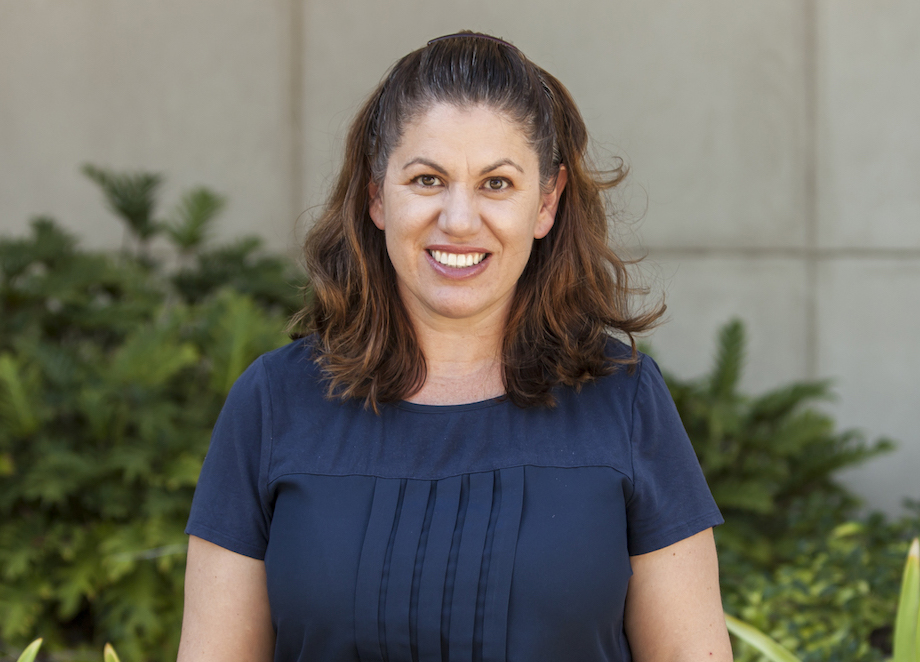As a former psychologist in Bunbury, Dr Melissa O’Donnell has been at the frontline of the child protection system.
“I saw firsthand the families that were struggling to meet the wellbeing and safety needs of their children,” she says.
“I really felt that we could provide more support for those families before it got to that point.”
Now a researcher at Telethon Kids Institute, Melissa uses linked government data to identify children at risk of abuse and neglect.
The data comes from WA child protection, health, corrective services and education departments and has the names removed to protect children’s privacy.
It includes emergency presentations and hospital admissions as well as mental health and juvenile justice outcomes.
It’s challenging work.
The statistics can be depressing, and the stories of kids in the child protection system are heartbreaking.
But Melissa is hoping her research can help prevent children being abused or neglected down the track.
Last month, Melissa’s dedication to protecting the most vulnerable children was honoured with the Woodside Early Career Scientist of the Year prize at the Premier’s Science Awards.

CHILDREN AT RISK
Identifying children at risk means we can target services to families who need it most, Melissa says.
For instance, we’ve long known that children with disabilities are three times more likely to be abused or neglected.
But Melissa’s research has shown that children with intellectual disabilities or conduct disorder are the most likely to be reported to child protection.
She says the children most at risk are in families where there is substance use, co-occurring mental health problems and domestic violence.
“Some of the work I’ve done is to investigate maternal substance use during pregnancy,” Melissa says.
“What’s needed is for us to identify those families that are at risk of falling off the edge … and put safeguards in place to support them before it gets to that point.
“When mothers use certain substances during pregnancy, their children are likely to have neonatal withdrawal syndrome … they have to be weaned off the drugs when they’re born.
“For those children, we already knew their wellbeing was being affected by maternal substance abuse at birth.
“But what we didn’t know was that, in the first 3 years of life, their risk of maltreatment was really quite high.”
OFF THE CLIFF
Melissa says we need to act before children are abused or neglected.

“It’s not good enough that there’s a cliff where we just put ambulance officers or child protection workers at the bottom of that cliff,” says Melissa.
“I’ve tried to utilise my work looking at those risk factors to identify where more support services are needed and the families that need that support.”
A HOME UNTIL 21
Melissa has also looked at what happens to children who have been removed from their families.
“The outcomes for young people who have been in out-of-home care are really quite poor, and we’ve always known that,” she says.
“There needs to be more done to support young people who have been through child abuse and neglect … to increase the numbers that get to higher education and finish year 12 so they don’t end up in jail or homeless.”
Melissa would like to see all children in care given a stable home until the age of 21 to help them stay in education or employment.
“We know most young people now stay at home until probably 23 years of age,” she says.
“But when you’re in out-of-home care on your 18th birthday, basically the government no longer needs to provide any services or support to you.”
Melissa says the end goal of her research is to help families stay together and improve the safety and wellbeing of their children.
“I wish I could make a difference in every child’s life now, but I’m hoping that my work, in the long run, will achieve that,” she says.










